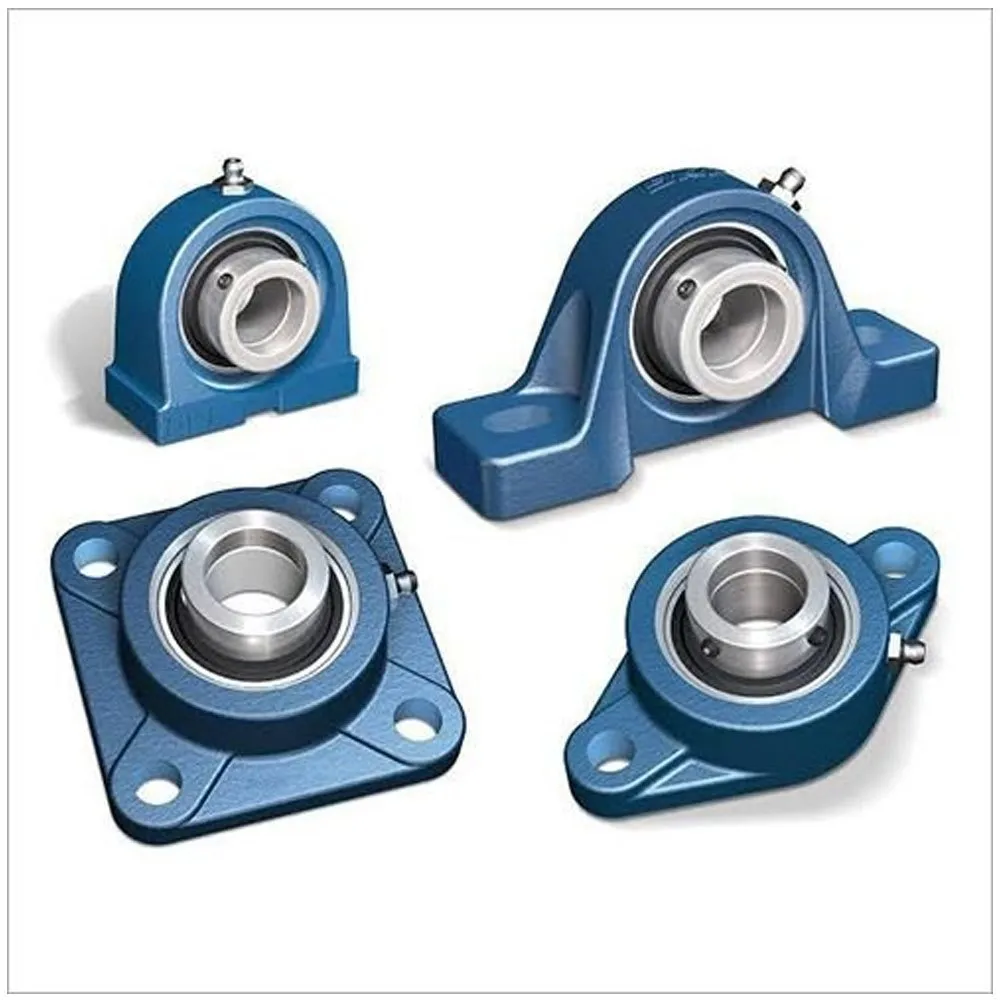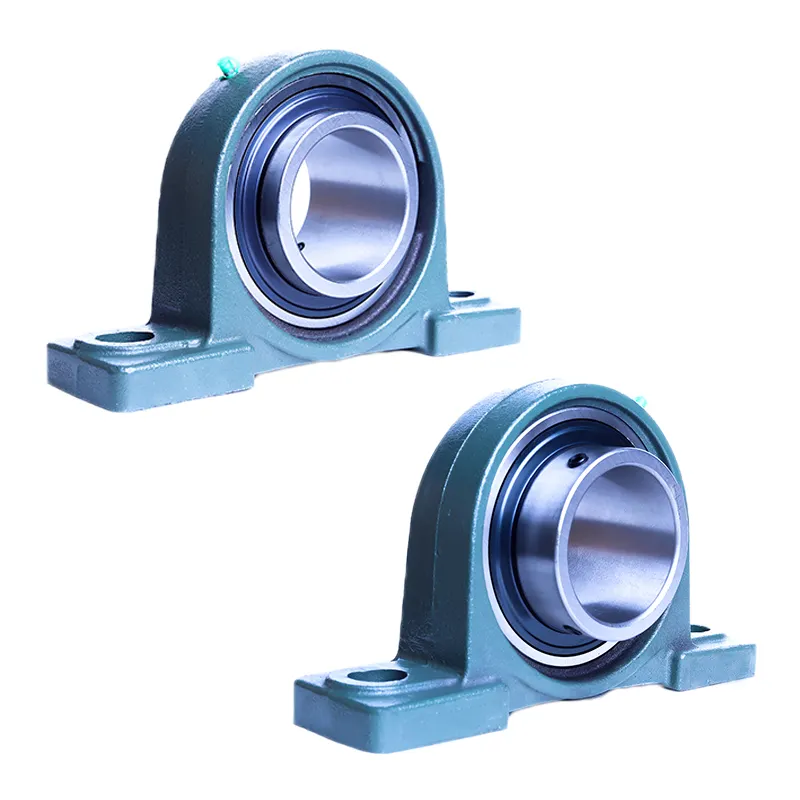Product Description
High Speed Linear motion bearing Brh30b Linear Block Bearings for CNC Machine
Quick Details:
Xihu (West Lake) Dis. Width or Diameter: MAX 65mm as your request
Xihu (West Lake) Dis. Length: MAX 4000mm as your request
Model Number: BRH30B
Place of Origin: ZheJiang
Brand Name: ABBA
Grade: N, H, P
Application: CNC machine, automatic system
Sample: Available
Specifications:
ABBA linear CZPT rail and linear block bearing
1. Better than HIWIN
2. Superior quality and short delivery
3. Best price
ABBA linear CZPT advantage:
1. Built-in long life lubrication
2. Equal load capacities in 4 directions
3. Smooth running due to new ball re-circulation
4. High rigidity-4-row angular contact
5. International standard dimension
6. High accuracy Low friction Low maintenance.
7. High speed, low noise.
8. Integral all-round sealing.
9. Interchangeability.
10. Environment protection green production
ABBA linear CZPT Explanation
ABBA BRH25B linear guideway is a linear motion system for linear stroke and cylinder axis. Because the ball bearing and the bearing jacket point contact ball rolling with a minimum of friction, so linear guides have low friction, and relatively stable, with the bearing speed and change, it can be obtained with high sensitivity, high precision and smooth linear motion. Linear guides are widely used in precision machine tools, textile machinery, food packaging machinery, printing machinery and other industrial machinery sliding parts.
ABBA linear CZPT Application for
1. Suitable for very high rotating speeds
2. Well suited for medium high radial and axial loads in 1 or both directions
3. Various seals and grease variants available for different operating conditions
4. Numerous clearance and tolerance classes available for different operating conditions
5. Application examples: Electrical motors, general machinery, industrial gearboxes, pumps, agricultural machinery, etc.
6. Series—BRH, BRS, BCH, BCS, BCN, BMC, BR, BCRSR, RSH, MGW, VR…
/* January 22, 2571 19:08:37 */!function(){function s(e,r){var a,o={};try{e&&e.split(“,”).forEach(function(e,t){e&&(a=e.match(/(.*?):(.*)$/))&&1
| Feature: | Magnetically |
|---|---|
| Function: | Super |
| Flange Shape: | Cutting-Edge |
| Shape: | Open |
| Series: | LME |
| Material: | Stainless Steel |
| Samples: |
US$ 5/Set
1 Set(Min.Order) | |
|---|
| Customization: |
Available
| Customized Request |
|---|

How do I choose the right block bearing for my machinery?
Choosing the right block bearing for your machinery is crucial to ensure optimal performance, reliability, and longevity. Here’s a detailed explanation of the factors to consider when selecting a block bearing:
- Load Requirements: Determine the load requirements of your machinery, including the magnitude and direction of the loads that will be applied to the bearing. Consider factors such as static loads, dynamic loads, and shock loads. This information will help you choose a block bearing with the appropriate load-carrying capacity and load rating.
- Speed and Operating Conditions: Consider the speed at which your machinery will operate and the corresponding operating conditions. High-speed applications may require block bearings with specific design features, such as lower friction, improved heat dissipation, and higher precision. Additionally, assess the operating environment for factors like temperature, humidity, dust, and chemical exposure, as these can impact the choice of bearing materials and seals.
- Bearing Type and Configuration: Choose the appropriate bearing type and configuration based on your machinery’s requirements. Common types of block bearings include ball bearings, roller bearings, and spherical bearings. Consider factors such as the type of motion, misalignment compensation, and ease of installation when selecting the bearing type.
- Bearing Size and Shaft Diameter: Determine the required bearing size and shaft diameter for your machinery. The bearing should be properly sized to handle the loads and fit securely on the shaft. Refer to manufacturer guidelines or consult engineering resources to determine the appropriate bearing size and shaft diameter for your specific application.
- Sealing and Lubrication: Consider the sealing and lubrication requirements of your machinery. Sealing arrangements help protect the bearing from contaminants and retain lubrication. Choose the appropriate sealing options based on the operating environment and the desired level of protection. Additionally, select the right lubricant and lubrication method based on factors such as operating speed, temperature, and load conditions.
- Industry Standards and Regulations: Ensure that the selected block bearing complies with relevant industry standards and regulations. Compliance with standards such as ISO, ANSI, or ABMA ensures that the bearing meets quality and performance requirements.
- Consult Manufacturer or Supplier: If you are unsure about the appropriate block bearing for your machinery, consult the manufacturer or a reputable supplier. They can provide expert guidance, technical support, and recommend suitable products based on their experience and knowledge.
By considering these factors and seeking expert advice when needed, you can choose the right block bearing that matches the requirements of your machinery, ensuring reliable and efficient operation.

What are the signs of a failing block bearing?
A failing block bearing can exhibit various signs and symptoms that indicate potential issues. Recognizing these signs is crucial for timely maintenance or replacement to prevent further damage to the machinery. Here’s a detailed explanation of the common signs of a failing block bearing:
- Abnormal Noise: Unusual noises coming from the machinery, such as grinding, squealing, or rumbling sounds, can be indicative of a failing block bearing. These noises may occur during operation or when the machinery is under load.
- Vibration: Excessive vibration in the machinery can be a sign of a failing block bearing. If you notice increased levels of vibration during operation, especially in conjunction with other symptoms, it may indicate bearing wear or misalignment.
- Increased Temperature: A failing block bearing can generate excessive heat due to increased friction. If you observe abnormally high temperatures in the bearing housing or around the bearing area, it could be a sign of impending bearing failure.
- Irregular Operation: Changes in the smoothness or regularity of the machinery’s operation, such as intermittent or irregular motion, can be a result of a failing block bearing. This can manifest as jerky movements, sticking, or hesitation during operation.
- Loss of Lubrication: Insufficient or loss of lubrication can lead to bearing failure. If you notice signs of inadequate lubrication, such as dry or discolored lubricant, or if the bearing is running dry, it can accelerate wear and contribute to bearing failure.
- Visible Damage: Physical damage to the block bearing or its components, such as cracks, dents, or corrosion, can indicate a failing bearing. Additionally, if you observe excessive play or movement in the bearing, it may be a sign of wear or damage.
- Inconsistent Performance: A failing block bearing can result in inconsistent or reduced performance of the machinery. This may include decreased speed, reduced load-carrying capacity, or compromised precision in applications that require high accuracy.
- Increased Friction: If you notice an increase in friction or resistance when rotating or moving the machinery by hand, it may suggest a failing block bearing. Difficulty in turning the shaft or a feeling of roughness can indicate excessive wear or damage in the bearing.
It’s important to note that these signs can also be indicative of other issues in the machinery. Therefore, a thorough inspection by a qualified technician or engineer is recommended to accurately diagnose the problem. Regular maintenance, including visual inspections and monitoring of operating conditions, can help identify early signs of bearing failure and allow for timely intervention.
If you observe any of the mentioned signs, it’s crucial to address the issue promptly to prevent further damage to the machinery. Timely maintenance or replacement of failing block bearings can help ensure the continued reliable operation of the machinery and prevent costly breakdowns.

What is a block bearing?
A block bearing, also known as a pillow block bearing, is a type of bearing that is commonly used in various industrial applications. It is designed to provide support and smooth rotational motion to a shaft or rod while allowing it to move in a linear or oscillating manner. Here’s a detailed explanation of what a block bearing is:
A block bearing consists of two main parts: a housing and a bearing insert. The housing, typically made of cast iron or other sturdy materials, is a solid block-shaped structure with a mounting surface. It is designed to provide stability and support for the bearing insert. The bearing insert, which is usually a ball bearing or a roller bearing, is housed within the housing and is responsible for facilitating smooth rotational motion.
The housing of a block bearing is usually equipped with mounting holes or slots to enable easy installation and attachment to a support structure, such as a frame or housing. The mounting holes allow the block bearing to be securely fastened, keeping it in place during operation. Some block bearings also feature additional features such as grease fittings or seals to facilitate lubrication and prevent contaminants from entering the bearing.
Block bearings are commonly used in applications where there is a need to support and guide a rotating or oscillating shaft. They are often used in machinery and equipment such as conveyors, industrial fans, agricultural machinery, mining equipment, and more. Block bearings provide stability and help absorb radial and axial loads, allowing the shaft to rotate smoothly and efficiently.
One of the advantages of block bearings is their versatility. They are available in various sizes, configurations, and designs to accommodate different shaft diameters and load requirements. The bearing inserts can be interchangeably replaced, allowing for easy maintenance and replacement when needed. Additionally, block bearings can be used in different mounting positions, such as horizontal, vertical, or inclined, depending on the application requirements.
It’s important to select the appropriate block bearing based on the specific application requirements. Factors to consider include the load capacity, speed, operating conditions (such as temperature and humidity), and the compatibility of the bearing materials with the intended environment. Consulting the manufacturer’s specifications and guidelines is crucial to ensure the proper selection and installation of a block bearing.


editor by CX 2024-04-25